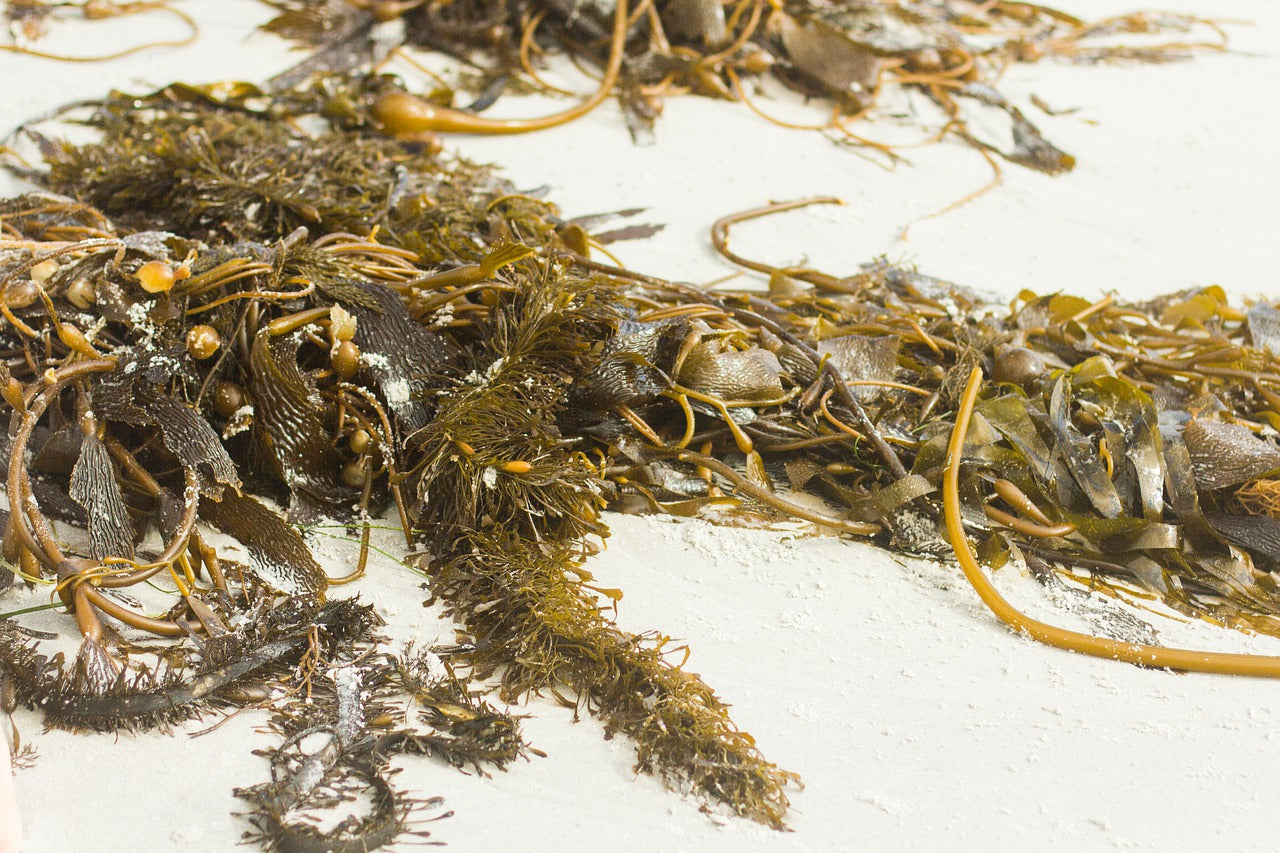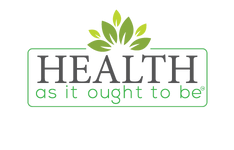
These Veggies Could Become the New Kale
A few years ago I remember when everyone was talking about the benefits of kale.
Kale enjoyed popularity because this newly identified superfood had been transformed from a garnish into a cancer-slaying green that could turbocharge your health in minutes.
Soon, all the top-chefs on TV were talking about it and using it in their dishes…
And health-food companies were utilizing it for their products.
Kale’s not bad.
But by itself (and when served raw) it’s a bit bitter and lacks an appetizing heft.
I mean, has anyone ever gotten full on kale?
Probably not.
Fortunately now that kale has solidified itself as a health-superstar, people are beginning to enjoy the benefits it provides.
But now, some other vegetables need to get the credit they deserve for helping to boost health.
I’ve taken the liberty of writing about 3 that I think might become “the new kale” over the next year or two.
3 Veggies That Could Become the New Kale
1 - Kelp:
If you’re not a sea otter then my guess is the number of times you’ve knowingly consumed kelp is around 0.
Maybe some of you more adventurous types have, but the odds are slim-to-none as it’s not a common food.
But just because it’s not common doesn’t mean we won’t see it making its way onto people’s plates soon.
For one, we can conceivably grow thousands of tons of it without needing to strain our agricultural system. Kelp grows like a weed off the coast of California, and quickly regenerates so that we could harvest it over and over.
Now, here’s why kelp is a great food to add to your diet:
Patrick Mustain, a communications manager at the Yale Rudd Center for Food Policy and Obesity, wrote this about kelp in a blog for Scientific American:
"Eat Kelp. It's chock-full of nutrients, it mitigates climate change by sequestering carbon, improves oceans by soaking up excess nitrogen and phosphorus, and has potential as a valuable fertilizer and biofuel.”
He added that "It's also delicious.".
And he’s not wrong.
Kelp provides a wonderful mineral taste, balanced with salt, that is quite appealing on its own, and can also be combined with other dishes to enhance their appeal.
If you want to add it to your diet starting now then you can get it at Whole Foods, Amazon, and Asian speciality stores.
Below are some recipes that you can concoct with it. If you have allergies to any of the ingredients in these recipes please remember to substitute.
- Cucumber and Marinated Seaweed Salad,
- Ogo (Seaweed) Salad with Fresh Lemon Dressing
- Seaweed Mashed Potatoes.
2 - Cauliflower:
Ok, it might be a bit of a stretch to say Cauliflower might overtake kelp because in some ways, it already has.
Cauliflower is a lot like kale in that it’s a cruciferous vegetable that provides many of the same benefits.
Also, yes, it has goitrogens, so those of you with thyroid concerns might want to consult with your physician when talking about eating it. If you decide to eat it and have thyroid issues please do so sparingly and make sure to observe how you feel after eating cauliflower.
Another thing to do is toast, steam sauté or blanch cauliflower to help break down the myrosinase enzyme, reducing goitrogens (1 2).
Now, back to cauliflower and why it’s a health superfood.
The first thing I can think of is cauliflower is quite dense, unlike kale. And by that I mean a head of cauliflower is several pounds in weight and that means you can eat enough of it to fill you up and provide satiation.
Kale does not do that.
Cauliflower also serves as a wonderful substitute for allergenic foods. If you’ll notice, many gluten free products (like pizza dough) have cauliflower in them. And people use “rice” cauliflower as a substitute.
When it comes to nutrient content cauliflower is no slouch either.
1 cup provides the following:
- Calories: 25 (meaning it’s a low calorie food)
- Fiber: 3 grams
- Vitamin C: 77% of the RDI
- Vitamin K: 20% of the RDI
- Vitamin B6: 11% of the RDI
- Folate: 14% of the RDI
- Pantothenic acid: 7% of the RDI
- Potassium: 9% of the RDI
- Manganese: 8% of the RDI
- Magnesium: 4% of the RDI
- Phosphorus: 4% of the RDI
It’s also rich in antioxidants, glucosinolates and isothiocyanates along with containing carotenoid and flavonoid antioxidants.
Plus, it contains ample amounts of choline, a nutrient you need to form the essential neurotransmitter acetylcholine.
Cauliflower is a legitimate contender for taking over kale and I’d suggest making it part of your diet today.
3 - Dandelions:
I know many of you hate the appearance of these plants in your yard.
But, we really shouldn’t hate them.
I won’t tell you how to landscape, but I would urge you to consider making dandelions a part of your diet.
Here’s why:
The entire plant is edible. From root to stem to flower. Dandelions can be eaten and enjoyed. They also taste better than kale, with a chicory like flavor.
It’s high in fiber, too, which has positive effects on your gut health as well as cardiovascular health.
One of the most well-known uses for dandelion is how it affects blood pressure and may protect the heart. For 1,000s of years practitioners have used dandelions to keep people’s hearts healthy.
As VeryWell Health writes:
“[Dandelion is regarded as a diuretic] and diuretics, also known as "water pills," are commonly used to treat high blood pressure, heart failure, liver disease, and some types of kidney disease. While valuable, the drugs may cause side effects, including muscle cramps, headaches, dizziness, and changes in blood sugar.
Some scientists believe that dandelion's diuretic properties may have medical uses, including the treatment of prediabetes or premenstrual bloating and water retention.
A 2009 study, overseen by the National Institute of Health, found that a single dose of dandelion extract increased the frequency of urination—but not the volume—in the 28 volunteers within five hours of a dose.”
There are legions of other uses for dandelion, but most of those are anecdotal - however new science is exploring using dandelion to help with many conditions.
You can pick it out of your yard… but only do that if you don’t spray herbicides. Otherwise I’d suggest getting dandelion greens at the grocery store instead (which many health-food stores have in great supply).
Make Sure to Load Up On Them Now
Whether or not these veggies become the new kale remain to be seen.
However, all that being true, there’s no good reason NOT to eat them today.
Make sure to get organic whenever possible to minimize how many toxins are coming into your body, too.



